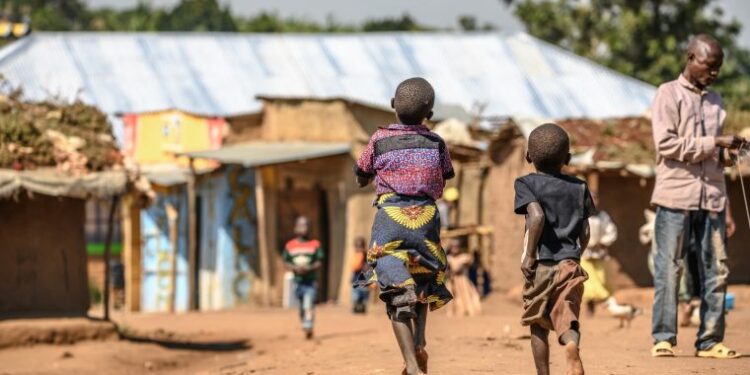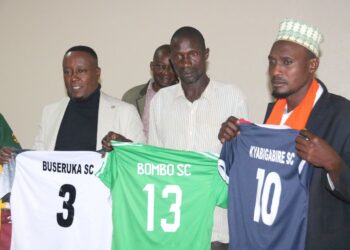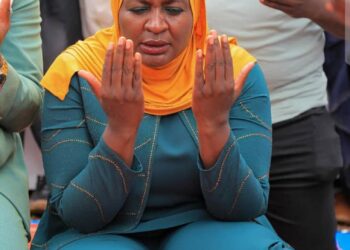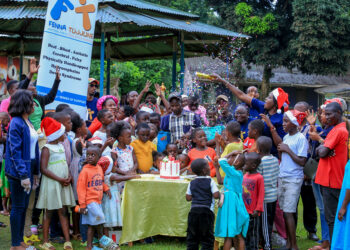The Children’s Act 2016 of Uganda enjoins both the government and parents to ensure that the rights of children (basically all Ugandans below 17) get their rights protected and promoted at the same time. This same duty is equally imposed under the SDGs (no.4), the UN Convention on the Rights of the Child (CRC) and the Constitution of Uganda.
The duty-bearing stretches to cover the need to ensure equitable access to qualify education by all children of Uganda without any discrimination. This includes ensuring access to qualify education at all levels be it Early Childhood Development (ECD) education, primary, secondary, tertiary and vocational.
However, the latest national population census report by UBOS (2024) makes shocking findings. That, whereas at 6 years every child should ideally have joined primary one and started on his or her education journey, as at May 2024, 60% of Uganda’s children reported having failed to be in P1 by the time they made 6 years.
The problem was established to be more pronounced among children in rural areas (63%) than in urban areas (54%). Females are also more affected than male counterparts. More males (62%) achieved normal progress and were in primary one at 6 years than females (58%).
Yet that isn’t all. The UBOS report also established that 26% of Uganda’s children aged 6-12 years were out of school. That’s the age bracket during which a child is supposed to transition from primary one to primary seven. It’s worse in rural areas where 28% of children who are supposed to be aren’t in primary school, as opposed to urban areas where it stands at 21%.
When it comes to UBOS statistical sub regions, Karamoja has the highest number of children who aren’t in school when they are supposed to be. The figure stands at 75% children supposed to be at school but aren’t going there at all. West Nile follows with 34% and Acholi at 30%. Kigezi sub region has the lowest number of those supposed to be at school not being there-and it stands at 19%.
When it comes to secondary school going age children who aren’t anywhere in school; the sub regions perform as follows: Karamoja 71%, Bunyoro 40%, West Nile 37% and Lango at 38%. Ideally, in Uganda a child is expected to undergo the secondary school training at the age of 13-17 years. Teso and Elgon sub regions have the lowest figures of children (13-17) who are supposed to be in secondary school but are not. And their figure stands at 27%. Others are as follows; Buganda 31%, Tooro 39%, Ankole 31%, Kigezi 30%, Busoga 33% and Bukedi 29%.
When it comes to being out of school and simultaneously not under any gainful employment, the 2024 census report by UBOS shows as follows: these are 14-17-year-old Ugandans who are neither at school nor employed anywhere. Karamoja still has the highest number at 51% followed by West Nile 32%, Lango 32%, Acholi 29%, Bunyoro 29%, Busoga 29%, Tooro 28%, Bukedi 26%, Buganda 23.3%, Teso 23%, Elgon 22%, Ankole 21% and Kigezi 20%.
Do you have a story in your community or an opinion to share with us: Email us at editorial@watchdoguganda.com













